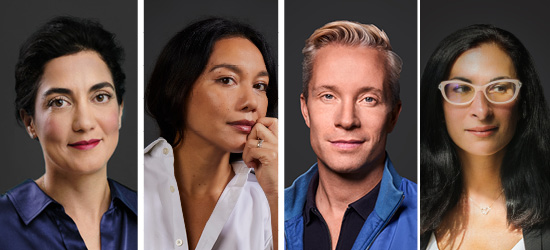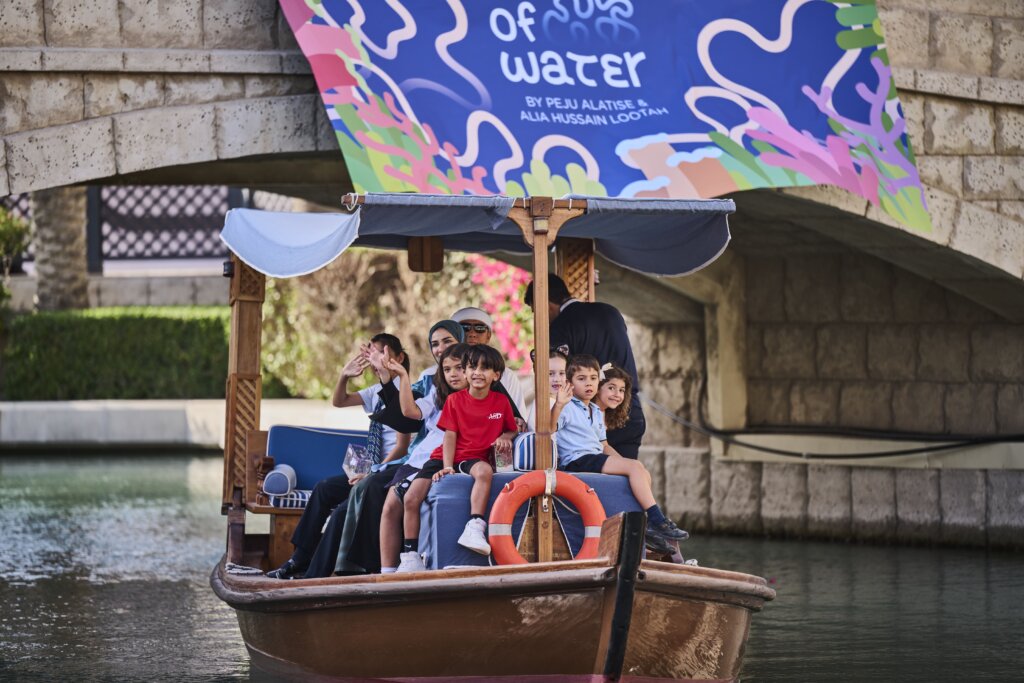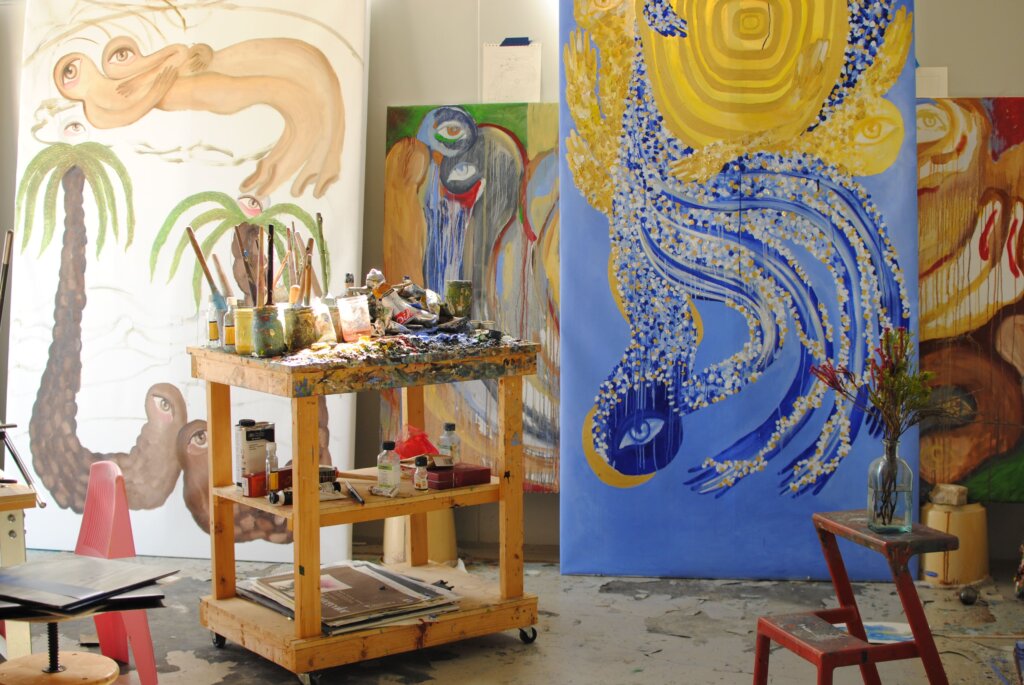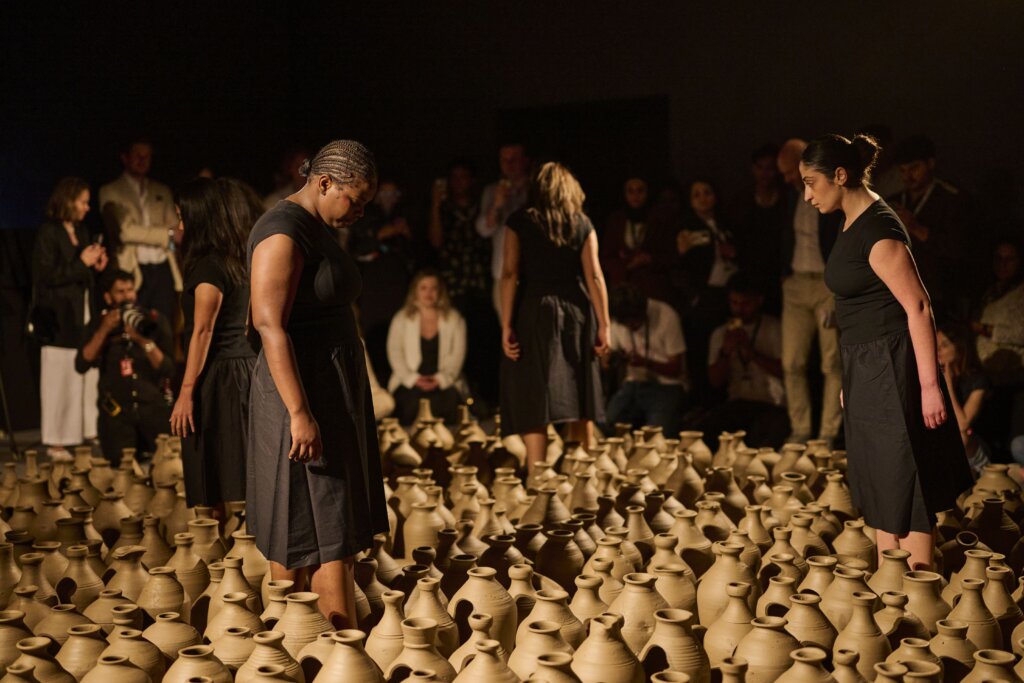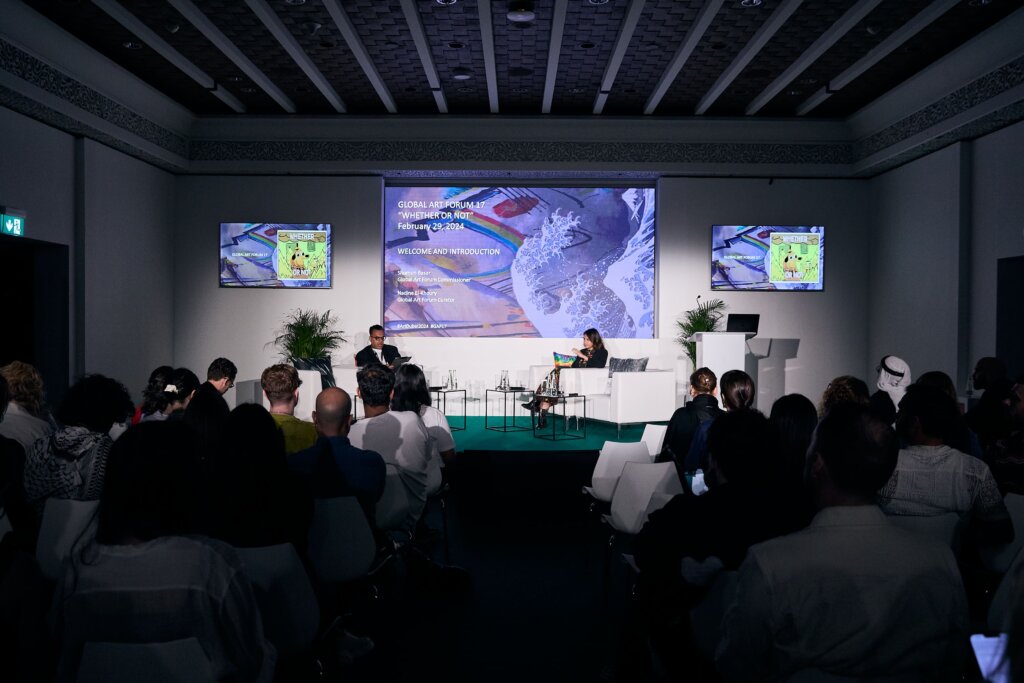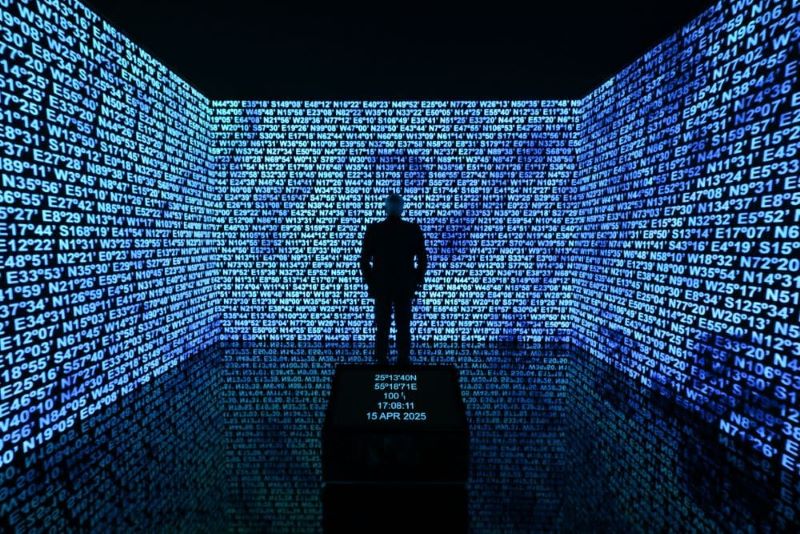Art Dubai has cemented itself as a platform for meaningful engagement with contemporary practices outside of Western art. This year, 100 galleries from more than 40 countries were presented across four gallery sections, including a particularly strong representation of Asian art. As art markets draw focus to the East, the fair continues to expand its position as a hub for Asian galleries and artists.
Stretching from Pakistan to Japan, the fair represented a multifaceted view of the Asian art scene, with subjects including land, labour, identity, and urban living, as well as works that focused on form and materials through abstract and geometric stylings.
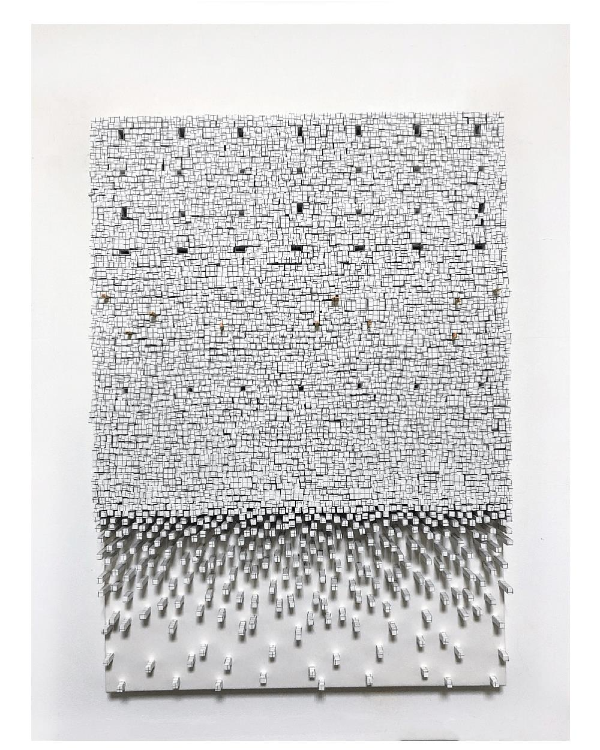
Katsumi Hayakawa Japan, 1970, Time, 2021
Courtesy of Yusto/Giner
Marbella/Madrid
New York-based Aicon Gallery, which specializes in modern and contemporary artists from Southeast Asia, exhibited work by Rasheed Araeenn, the Pakistani-British pioneer of minimalism. Grounded in his academic studies in civil engineering, Araeen creates modular structural pieces, paintings, and two-dimensional assemblages characterized by symmetry, geometry, and simple or industrial materials.
Jhaveri Contemporary returned to Art Dubai with a stand featuring women of the South Asian diaspora. The presentation encompassed a range of techniques and materials to portray both personal and collective histories, including the works of Rana Begum. The artist’s practice spans sculpture, painting and site-specific installation and is known for its exploration of light and colour. In No.999 Painting, displayed at the fair, a monochrome swarm of fingerprints evoke a horizon line and create an abstract image of collectivity.
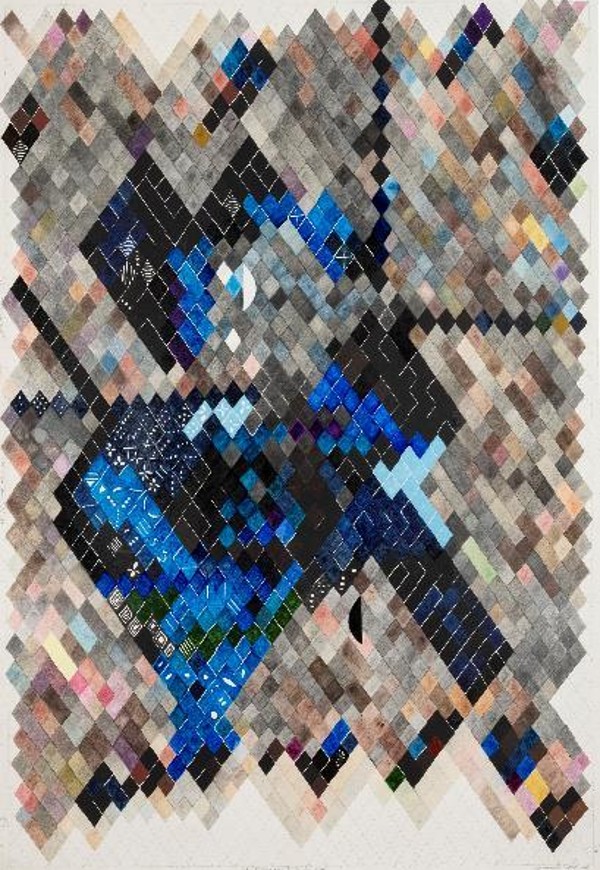
Mona Rai, The Blinking Eye of the Universe, 2021-22
Courtesy of Nature Morte
New Delhi
Japanese artist Katsumi Hayakawa showed at Yusto/Giner. The artist uses meditative methods to produce paintings and cut-paper sculptures evoking urban landscapes. He carefully constructs objects suggesting skyscrapers and city grids, while the interaction of line and colour coalesce with the cubes to create complex and vibrant rhythms. The work portrays solitude in the modern city, investigating the relationship between what is natural and what is fabricated. A similar minute focus marks the work of Mona Rai, at Nature Morte. The New Delhi gallery showed a presentation of her works on paper made under lockdown, with a diaristic sensibility to the geometric inscriptions into the picture plane.
Many works delved drew from the socio-political realities that shape the artist’s lived environments. Founded in 2009 in Kolkata, Experimenter represents some of the most critical contemporary artists worldwide and is considered to be a pace-setter for its region. At this year’s fair, the gallery showed work by Pune-based artist Prabhakar Pachpute, who often uses his lived experience of the coal mines of Maharashtra as a starting point for the complex historical transformations of the region. Pachpute combines portraiture and landscape with surrealist tropes to critically tackle issues around industry, land, and labour. Charcoal, a material he uses consistently in his work, links back to his mining heritage while also connecting to the broader themes in which he engages.
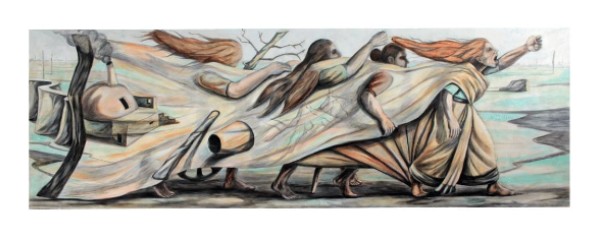
Prabhakar Pachpute, Bodies in Protest, 2021
Courtesy of Experimenter
Kolkata
Dubai’s Volte Art Projects – which recently moved to Alserkal Avenue from Mumbai – presented work by New Delhi-based photographer, women’s rights activist, writer, film-maker and artist Sheba Chhachhi. Her works experiment across the spectrum of durational mediums from pre-cinematic animated lightboxes to virtual reality interactivity, as well as in varied sites: community centres, galleries, shopping malls, and public institutions. Chhachhi’s work is deeply engaged with the women’s movement in India and is marked by a special interest in exploring relationships with audiences.
Finally, Manila-based gallery MONO8 exhibited works by Filipino artist Kristoffer Ardeña. The display engaged with questions around contemporary notions of identity, territory, and materiality, particularly as navigates through contexts of geography, colonization, and migration. Ardeña often takes everyday materials that can be found in Filipino households as both the medium and inspiration for his work. Tarpaulin sheets and rugs made from excess scraps of fabric, for example, make their way into paintings. The essence of these commonplace materials resonates back to day-to-day life and culture in the Philippines, offering one of the many perspectives in the expanded narrative of Asian art that global audiences encountered at the fair.
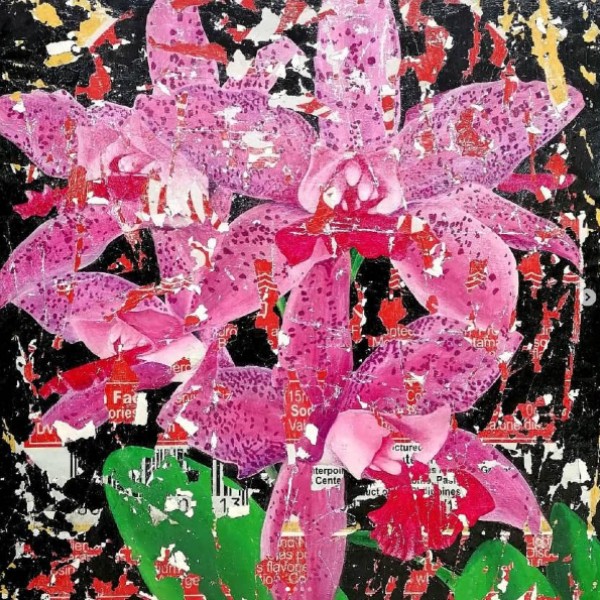
Kristoffer Ardeña Philippines, 1976
Courtesy of MONO8
Philippines
AWA Cohort Impressions of Art Dubai 2022
By Yalda Bidshahri




